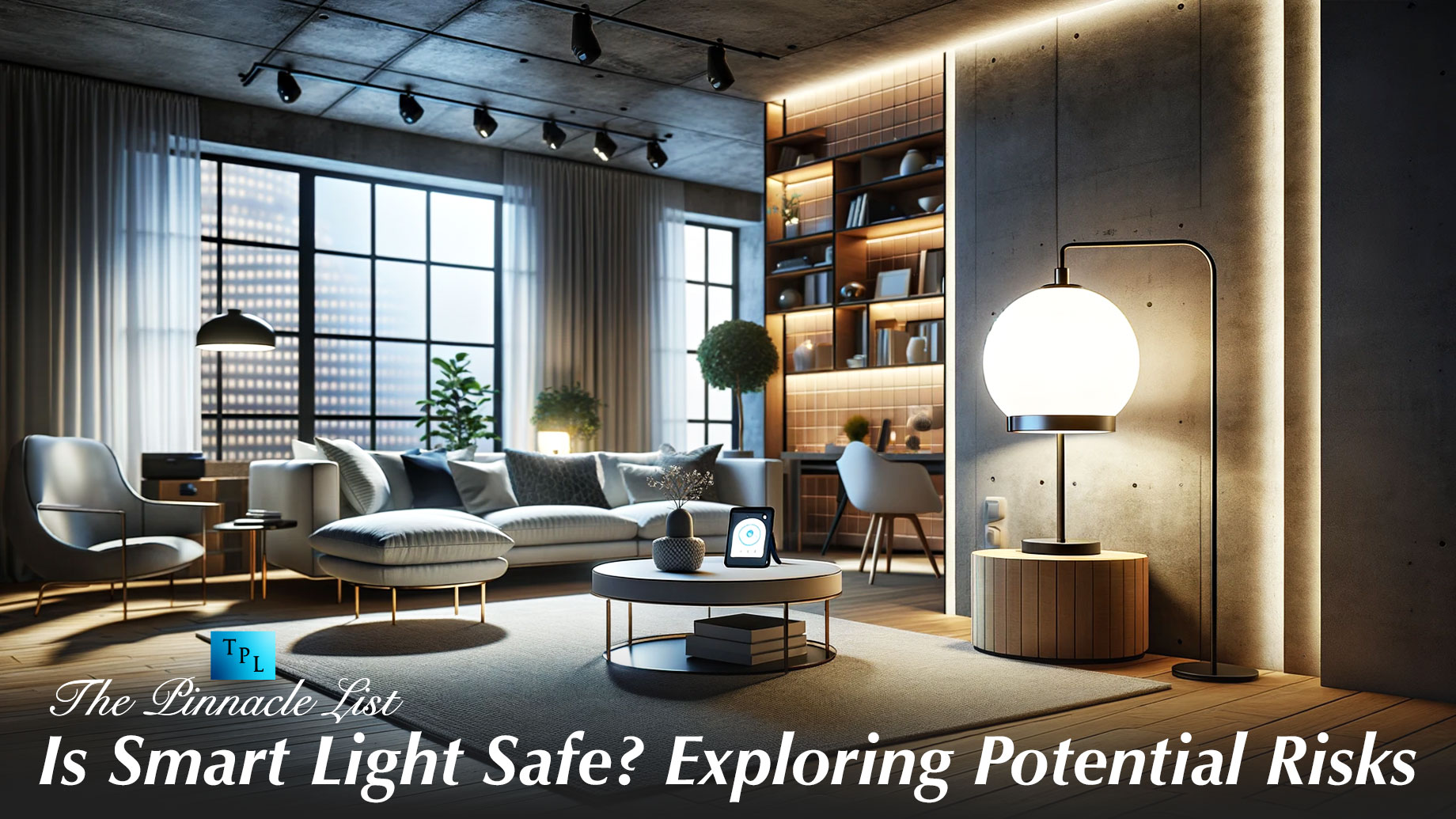
While offering convenience and energy efficiency, these technologies raise concerns about potential risks such as data privacy breaches, cybersecurity vulnerabilities, and electromagnetic radiation exposure. This article navigates through these concerns, shedding light on the safety considerations associated with smart lights. By examining the potential risks comprehensively, homeowners and technology users can make informed decisions to mitigate any hazards and ensure the safe integration of smart lighting solutions into their living spaces.
In addition to addressing safety concerns associated with smart lights, understanding and troubleshooting issues like unresponsive smart lights is crucial for ensuring optimal performance and user experience in smart home environments.
Data Privacy Concerns
Smart lights track usage patterns, but this data can be vulnerable to hacking, endangering user privacy. Unauthorized access could enable invasive surveillance or exploitation of personal details. To counteract these risks, robust privacy measures and encryption protocols are essential in smart lighting systems. Implementing stringent security measures is crucial to safeguard user data and ensure the protection of individuals’ privacy in smart home environments.
Cybersecurity Vulnerabilities
Smart lights linked to home networks are vulnerable to cyberattacks, risking unauthorized control, data breaches, or malware infiltration. Weak encryption, outdated firmware, or unsecured Wi-Fi connections expose vulnerabilities. Regular updates and security protocols are crucial to safeguard against cyber threats and ensure the security of smart lighting systems. By maintaining vigilance and implementing robust security measures, homeowners can mitigate risks and maintain the integrity of their smart home networks.
Electromagnetic Radiation Exposure
Smart lights emit low levels of electromagnetic radiation, prompting concerns about potential long-term health effects. Ongoing research on electromagnetic fields’ health implications fuels this debate. Some individuals opt for low-EMF lighting alternatives or maintain distance from smart lights to limit exposure. While conclusive evidence is lacking, these precautions offer peace of mind for those wary of potential health risks associated with prolonged exposure to electromagnetic radiation.
Interference with Home Networks
Smart lights utilizing wireless protocols like Wi-Fi or Zigbee can interfere with other devices on the home network, leading to connectivity issues and performance disruptions. Signal congestion or bandwidth limitations exacerbate this interference, requiring optimization of network settings. Using dedicated channels or frequency bands can help mitigate interference, ensuring the smooth operation of smart devices and maintaining the reliability of the home network.
Health Implications
Excessive exposure to artificial light, especially from smart bulbs emitting blue light, can disrupt natural sleep-wake cycles by suppressing melatonin production. This disruption may result in sleep disturbances and eye strain. To address these health concerns, it’s advisable to regulate smart light usage, especially during evening hours. Opting for warmer color temperatures in smart bulbs can help minimize the impact on circadian rhythms, promoting better sleep quality and eye health.
Conclusion
While smart lights offer convenience, they present risks like data privacy, cybersecurity, and health concerns. Proactive measures are vital for safe integration. Considering factors such as smart bulb lifespan and disposal methods is crucial for long-term sustainability in modern environments.